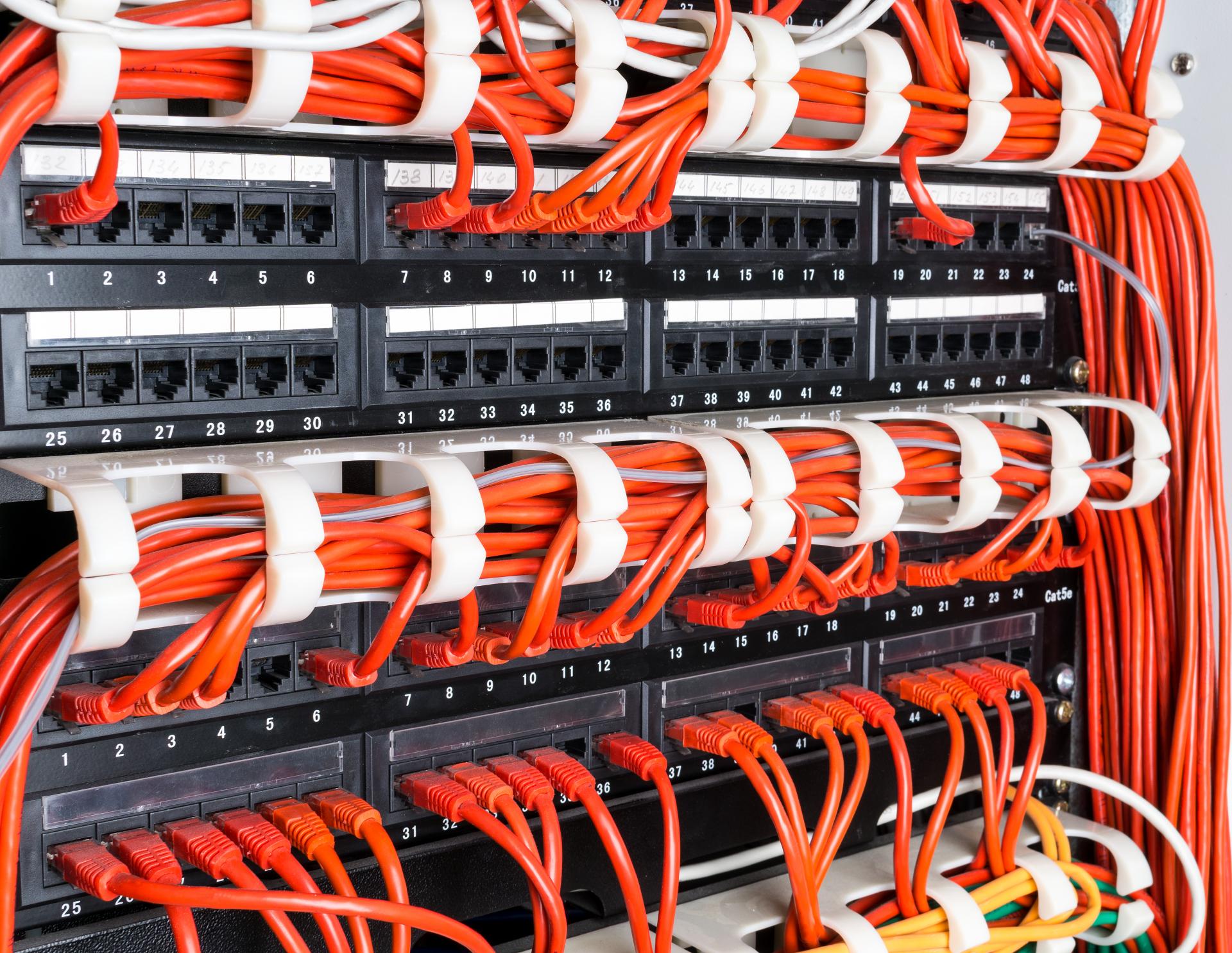Structured Cabling is an essential aspect of modern infrastructure, providing a comprehensive telecommunications wiring solution for businesses and residences.
In today’s interconnected world, reliable communication systems are vital for personal, commercial, and industrial applications. At the heart of these systems lies something often overlooked but critical: structured cabling. This article delves into the fundamentals of structured cabling, its components, benefits, and the role it plays in supporting modern communication infrastructures.
What is Structured Cabling?
Structured cabling refers to a standardized architecture and methodology for managing electronic communications. It is designed to support multiple hardware uses and be adaptable for various systems, including telephone systems, data transfer, video conferencing, and security services. This cabling infrastructure forms the physical connection, enabling seamless communication across multiple platforms and devices.
Components of Structured Cabling
Structured cabling systems are typically organized into components and subsystems, each playing a crucial role. The primary elements include:
- Horizontal Cabling: This part connects the telecommunications rooms to the work areas. It usually includes twisted-pair cables like Cat 5e, Cat 6, or Cat 6A. These cables help transfer data over short distances, usually up to 100 meters.
- Vertical Cabling: Also called backbone cabling, this type runs between floors in a building. It connects different telecommunications rooms or entrance facilities. It often uses optical fiber for higher data transmission capabilities over long distances.
- Patch Panels: Found in telecommunications rooms, patch panels interconnect horizontal and vertical cabling. They aid in organizing cables and reducing clutter.
- Network Interface Devices (NIDs) are the interface between structured cabling and the telecommunications carrier’s network. They help monitor and manage incoming signals from service providers.
- Outlets and Connectors: These are points where cables end. They connect devices like computers, phones, and printers.
- Cable Management Systems: Effective cable management solutions, such as racks and trays, are essential for maintaining organization within the structured cabling system, ensuring efficient airflow and easy access.
Benefits of Structured Cabling
Structured cabling brings numerous advantages that make it the preferred choice for businesses and organizations:
- Performance and Reliability: With high-quality cables and connections, structured cabling provides optimal data transmission speeds and reduced latency, ensuring reliable communication.
- Scalability: As businesses grow, their communication needs change. Structured cabling allows for easy upgrades and expansions, accommodating additional devices and services with minimal disruption.
- Cost-Efficiency: Investing in a structured cabling system can reduce long-term costs. Organizations save both time and money by consolidating wiring and minimizing troubleshooting time. The standardized approach allows for easier maintenance and training.
- Reduced Downtime: The organized structure minimizes the risks of accidents and mismanagement, leading to less downtime. When issues arise, identifying and resolving them becomes a straightforward process thanks to a clear layout.
- Future-Proofing: With technology constantly evolving, structured cabling systems are built to handle advancements and increased data demands, providing a long-term solution.
The Role of Structured Cabling in Modern Communication
Today, structured cabling is crucial in large corporate environments and small businesses, homes, hospitals, and educational institutions. High-speed internet connectivity, video conferencing, and cloud computing demand robust cabling infrastructures. Moreover, as remote work and digital collaboration become the norm, effective structured cabling ensures that individuals can maintain productivity and connectivity from various locations.
Also, new technologies like the Internet of Things (IoT) and smart buildings make structured cabling even more critical. These technologies rely on interconnected devices that necessitate reliable, high-capacity cabling systems to function optimally.
Conclusion
Structured cabling is the unsung hero of modern communication systems. As the underlying framework supporting numerous applications, it enables seamless interaction and data transmission. Understanding structured cabling’s components, benefits, and importance is essential for anyone looking to enhance their communication infrastructure. As technology changes, investing in a well-structured cabling system is vital. A strong and flexible system will help you in the future. A good structured cabling plan is key for communication. This is true for both small businesses and large companies.


